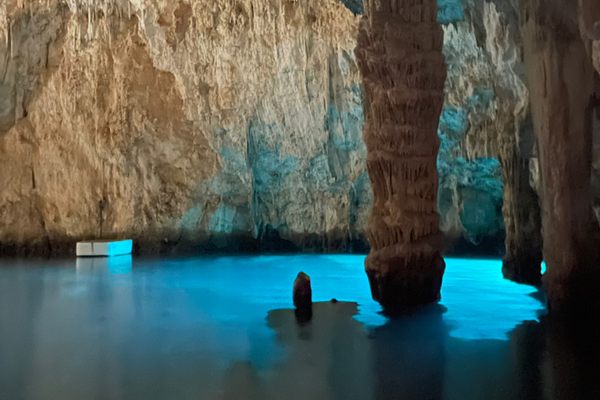About
While the Spanish word grutas literally translates to "grottos," in Mexico it's often used to describe various cave systems, from Cacahuamilpa, to García and Tolantongo. The latter, located in the northern Hidalgo state, is known as a tourist destination for its combination of caves and thermal rivers.
Tolantongo, the main river and namesake, helps set these grutas apart from others in the country by the water-based activities it provides. Among these are the balnearios, which in Spanish is something of a catch-all term for attractions related to water. Tolantongo is a combination of a spa and waterpark, complete with thermal pools.
Like many other natural tourist destinations in Mexico, Tolantongo is administered under the ejido system (Hierve el Agua is another well-known example). This means the land is not public, but instead privately owned by members of the local community in a co-op like system. It's these ejidatarios that invest in the infrastructure for visitors.
Developing the grutas as a tourist destination began in the 1970s, mostly with the establishment of trails and pathways leading to and connecting caves, rivers, and waterfalls of the system. As tourism grew, more features like restaurants and hotels followed in the 1990s. Construction of the waterpark features began during the mid-2000s.
The development of man-made features atop a natural wonder has been controversial and so has the cooperative ejido system. Less governmental involvement is often seen as conducive to diminished accountability, and the increased likelihood of becoming a target for criminal organizations. Regardless, it remains a living example of the extension of alternative economic models, even in industries such as tourism.
Related Tags
Know Before You Go
Entrance to the terrain of the Grutas de Tolantongo Co-Op is MXN $150 per day, per person. Regular opening times are 7 a.m. to 8 p.m. daily, but hotels and camping are available for visitors to stay overnight.
Flavors of Oaxaca: Markets, Mezcal & Home-Cooked Meals
A Culinary and Cultural Journey Through Oaxaca.
Book NowPublished
March 17, 2020




























